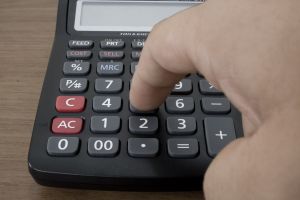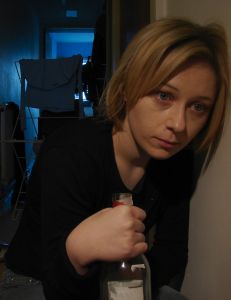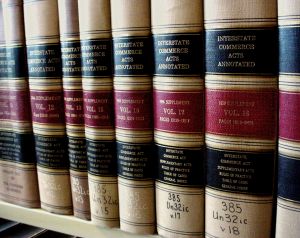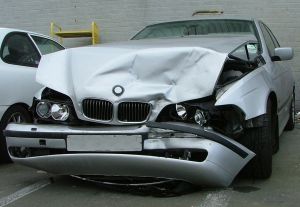 In every serious personal injury case in Florida, the issue of who will pay the medical providers and how much always arises. Needless to say, providers want to recover as much as they can. Patients, of course, want to pay as little as possible out-of-pocket. How this plays out often depends on who pays the bills.
In every serious personal injury case in Florida, the issue of who will pay the medical providers and how much always arises. Needless to say, providers want to recover as much as they can. Patients, of course, want to pay as little as possible out-of-pocket. How this plays out often depends on who pays the bills.
The different pay sources include health insurance, PIP (motor vehicle insurance), workers’ compensation, the patient (self-pay), the tortfeasor (out-of-pocket), bodily injury liability coverage, UM/UIM (motor vehicle insurance), Medicare and Medicaid.
Various laws dictate who pays what and when. In some instances, the only available sources are Medicare or Medicaid (M/M) and bodily injury liability and/or UM/UIM. Since M/M provide some of the lowest reimbursement rates and providers accepting M/M payments are not allowed to balance bill their patients, in terms of raw numbers it is often to the victim’s advantage for M/M to pay the providers. While victims will ultimately have to reimburse M/M from their recovery in the personal injury case, the amount of the reimbursement is almost always less than what must be paid to the provider directly from the third party recovery (1st party if from UM/UIM).
Continue reading
 Florida Injury Attorney Blawg
Florida Injury Attorney Blawg




 Winning may not be a victim’s only concern in a personal injury case. Collecting on damages awarded post-victory can be of equal or greater importance.
Winning may not be a victim’s only concern in a personal injury case. Collecting on damages awarded post-victory can be of equal or greater importance. 



